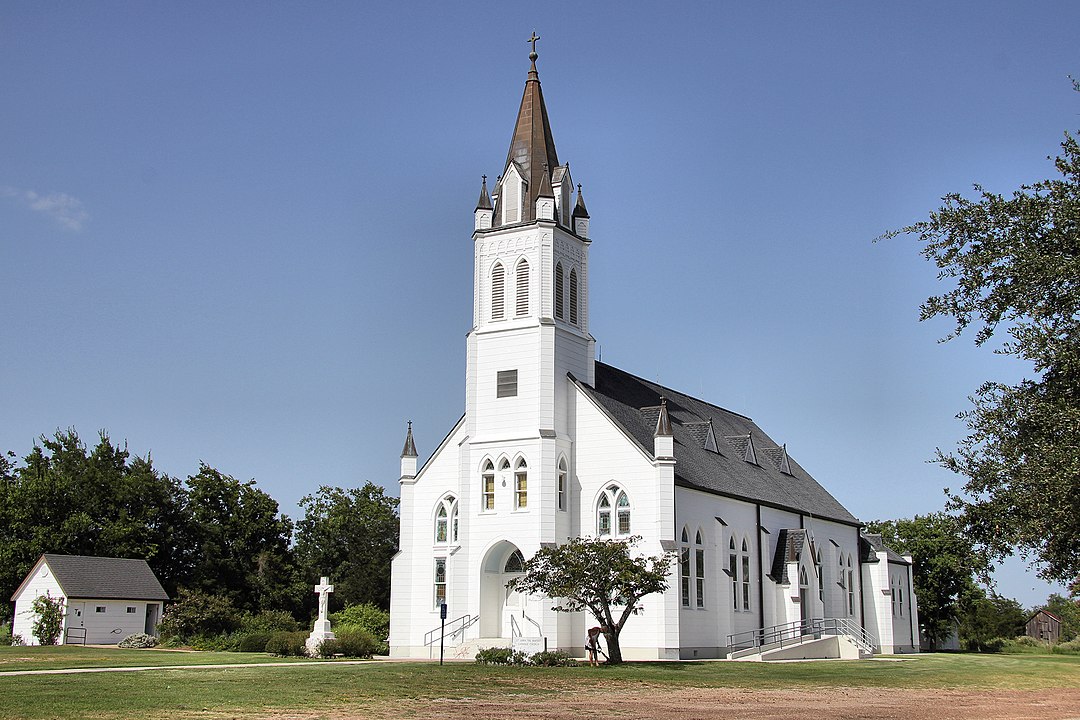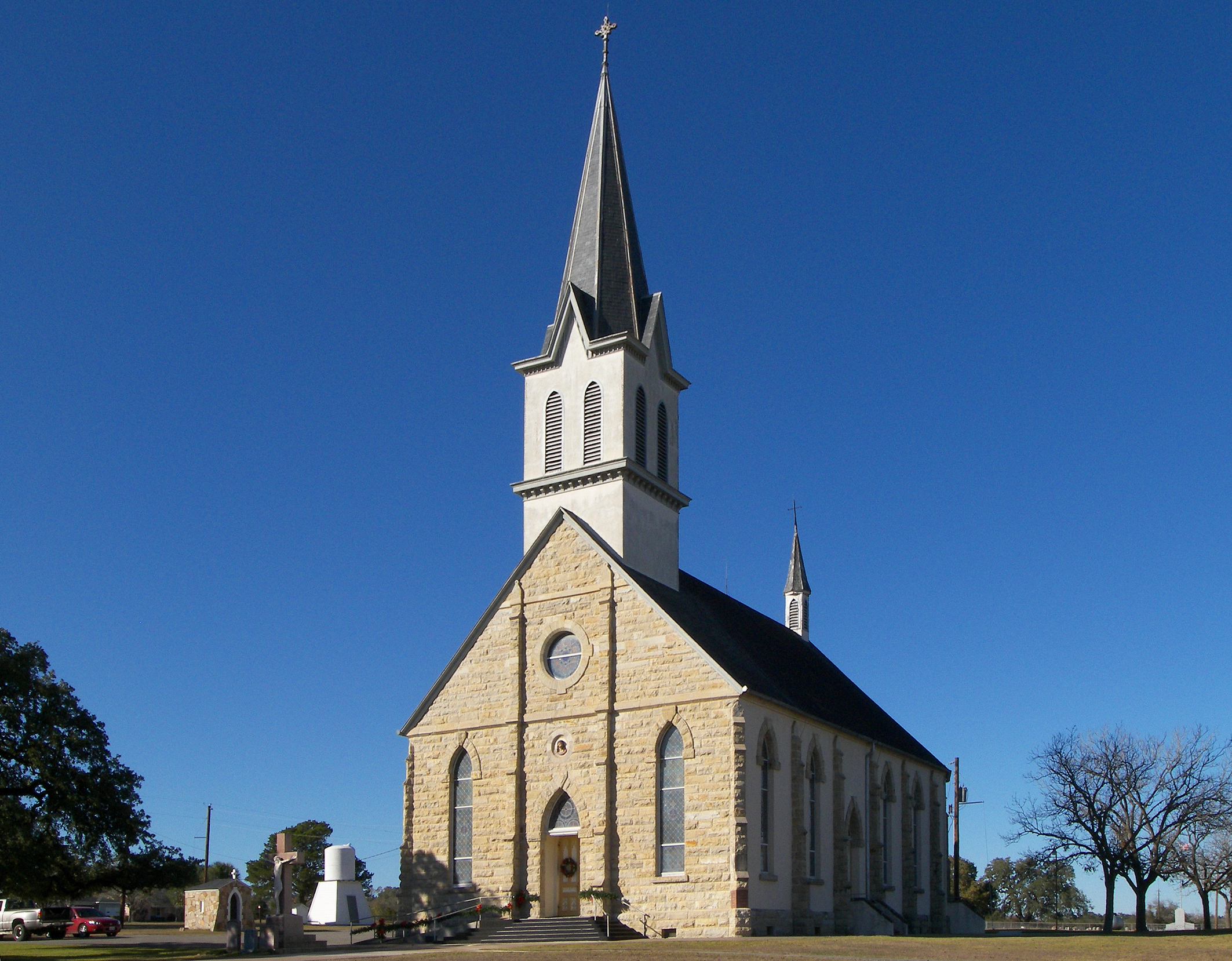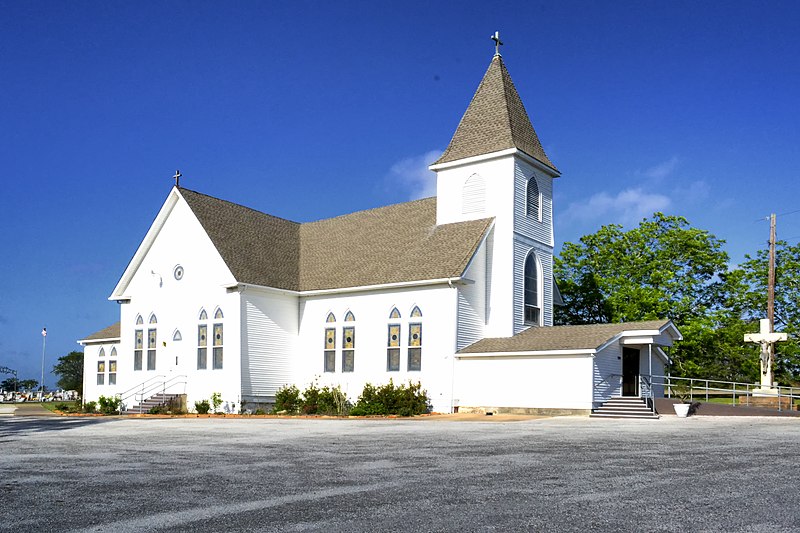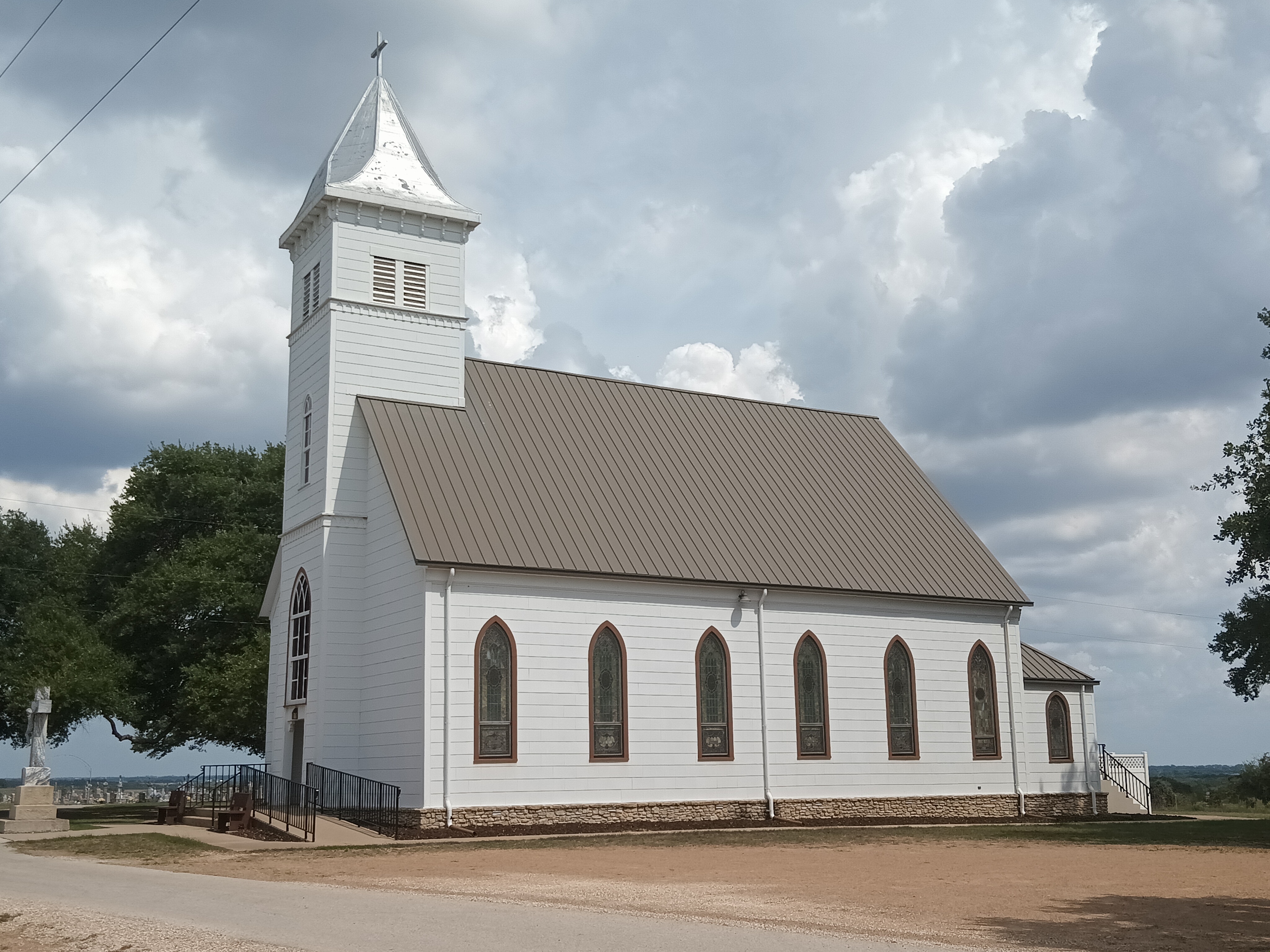Painted Churches of Schulenburg, Texas
Texas is full of hidden treasures, but among the most beautiful are the Painted Churches in of Schulenburg, Texas. These churches were built by German and Czech immigrants in the late 1800s and early 1900s, and they are a testament to the rich culture and heritage of these communities.
The Painted Churches are so named because they are decorated with elaborate murals and paintings. The murals often depict religious scenes, such as the Last Supper or the Nativity, but they can also include images of nature, animals, and other symbols of the immigrants' homelands. The paintings are often done in bright colors and intricate detail, and they create a truly stunning and awe-inspiring sight.
The Painted Churches are also notable for their use of hand-painted sculptures, angels, filigree, faux-marble, and stencils. These elements add to the churches' beauty and richness, and they help to create a truly unique and special place of worship.
Some of the Painted Churches are listed on the National Registry of Historic Places, and they are a popular tourist destination. Visitors from all over the world come to see these amazing churches and to learn about the history and culture of the German and Czech communities in Texas.
Nativity of Mary, Blessed Virgin Catholic Church (St. Mary’s) – High Hill
 Larry D. Moore, CC BY-SA 3.0, Wikimedia Commons.
Larry D. Moore, CC BY-SA 3.0, Wikimedia Commons.In the mid-1800s, European immigrants of Austrian and German descent came to High Hill, Texas, seeking religious freedom and opportunities in the New World. The community of High Hill was formed in 1858 when three settlements—Blum Hill, Wursten, and Oldenburg—were combined. The first mass was celebrated in High Hill in 1861 in the home of Andreas Billimek. The name High Hill was chosen to remind the immigrants of the mountains they had left behind in their homelands.
The St. Mary parish played a significant role in the development of the German and Catholic heritage of Texas. The Catholic State League was formed in High Hill, and many of the church's clergy and leadership were raised in the community. The first St. Mary church was built in 1869, and a larger church was built in 1876. The original building was used as a school. The newer church featured stained-glass windows donated by the people of the parish. When the present-day church was built in 1906, these beautiful original stained-glass windows were moved to the new and larger building. The current church is known as the "Queen of the Painted Churches" and is listed in the National Registry of Historic Places.
Saint John the Baptist Catholic Church – Ammannsville
 Larry D. Moore, CC BY-SA 3.0, Wikimedia Commons
Larry D. Moore, CC BY-SA 3.0, Wikimedia CommonsThe Ammansville Painted Church is a unique and beautiful example of the cultural heritage of the Texas Hill Country. The church is located in the small town of Ammansville, which was settled by German and Czech immigrants in the late 1800s.
The present church is the third to be built on the site. The first church was destroyed by a hurricane in 1909, and the second church burned to the ground eight years later. The third church was completed in 1919 and is a simple structure with a pale, rosy pink interior.
The mystery of who painted the interior of the Ammansville Painted Church was solved in the 1970s and '80s by interior design professor and decorative painting scholar Buie Harwood. She compared the painting techniques and styles of artists who painted churches in the area and determined that noted decorative painter, Fred Donecker, was the artist whose work can be seen on the walls of Ammansville.
Donecker's work is characterized by its vibrant colors and intricate patterns. The walls of the Ammansville Painted Church are covered with a variety of religious and decorative motifs, including angels, saints, and flowers. The ceiling is painted with a blue sky and clouds, and the walls are decorated with faux marble columns and arches.
In addition to Donecker's work, the Ammansville Painted Church also features some restoration work by local artist Gene A. Mikulik. Mikulik and his wife, Josie, worked on maintaining many of the area's painted churches, and they restored the two statues of angels that hold holy water at the entrance of the Ammansville Painted Church.
Sts. Cyril and Methodius Catholic Church – Dubina
 Mike Fisher, CC BY-SA 2.0, Wikimedia Commons
Mike Fisher, CC BY-SA 2.0, Wikimedia CommonsIn 1856, a group of Czech settlers arrived in Fayette County, Texas, seeking a new home. They settled in a place they called Dubina, which means "oak grove" in Czech.
The settlers were a strong and resilient people, and they quickly built a community. They built their first church in 1877, and they topped it with an iron cross made by freed slave and blacksmith, Tom Lee.
The first church was destroyed by a hurricane in 1909, but the community rebuilt it. The new church was designed by architect Leo Dielmann, and it was built with the same iron cross that had topped the first church.
The interior of the church is decorated with murals of vines, oak leaves, and angels. The murals were painted in the 1980s by a group of local volunteers, led by Judge Ed Janecka and Butch Koenig.
The murals were inspired by the faint traces of the earlier designs that Judge Janeckas had seen as an altar boy. Some of the original stencils were also found, and these were used to help recreate the murals.
St. Mary’s Church of the Assumption – Praha
 Larry D. Moore, CC BY-SA 3.0, Wikimedia Commons
Larry D. Moore, CC BY-SA 3.0, Wikimedia CommonsSt. Mary's Church of the Assumption is a beautiful example of the painted churches of Texas. It was built in 1895 by Czech settlers who wanted to create a place of worship that was both beautiful and meaningful.
The church is located in Praha, Texas, a small town that was founded by Czech immigrants in the late 1800s. The front façade of the church is made of stone, and there is a bust of a crucified Christ in a niche above the main entrance. The bust is painted in realistic colors, and it foreshadows the bright painting and exuberant decorating that awaits inside.
The interior of the church is decorated with murals of lush foliage, saints, and angels. The murals were painted by a team of artists, including Swiss-born artist Gottfried Flury and Father Netardus, a much-beloved priest who was made pastor of Praha in 1901.
Flury's murals are particularly notable for their use of bright colors and intricate details. He used his own secret recipes and techniques to create the lush foliage that fills the ceiling of the church. Father Netardus's murals are more traditional, but they are no less beautiful. They depict saints and angels in a variety of poses, and they add a sense of grace and solemnity to the interior of the church.
In recent years, the church has been restored by local artist Gene A. Mikulik. Mikulik and his wife, Josie, were house painters by trade, and they brought their skills to bear on the church. They restored the murals, added gold leafing to the altars, and created a new painting of the Virgin Mary called "Our Lady of Victory."
St. Mary's Church of the Assumption is a treasure trove of Czech culture and heritage. It is a reminder of the faith and resilience of the Czech immigrants who settled in Texas, and it is a testament to the beauty and artistry of the painted churches.
Ascension of our Lord Catholic Church, Moravia
 User 25or6to4, CC BY-SA 3.0, Wikimedia Commons
User 25or6to4, CC BY-SA 3.0, Wikimedia CommonsAscension of our Lord Catholic Church, Moravia is a small rural parish in the Texas Hill Country. It is mostly of Czech descent, and was founded in 1872 by settlers who came to the area from Moravia, a region of what is now the Czech Republic.
The first church in Moravia was built in 1881, and was dedicated to the Ascension of Our Lord. The current church was built in 1912-13, and was blessed by Fr. Emil Schindler, the pastor of St. John Catholic Church in Schulenburg. The bells of the church were blessed by Fr. Schindler in 1913 and dedicated to St. Joseph and St. Ignatius.
The church has been served by a number of priests over the years, including Fr. Alfons Raska, Fr. F. J. Pokluda, and Fr. Hildebrand. The parish hall was built during the pastorate of Fr. Hildebrand.
Moravia Catholic Church is a reminder of the rich Czech heritage of the Texas Hill Country. It is a place where people of faith can come together to worship and celebrate their culture.
Saint John the Baptist Catholic Church, St John, Texas

The St. John the Baptist Catholic Church in St. John, Texas was founded in 1888 by German and Czech immigrants. The church was built by the parishioners, led by John Klesel. The original altar was donated by Mr. Dach of High Hill, and the two side altars were added in 1900. The interior of the church was decorated with frescoes in 1900, but these were painted over in 1984. The current painting of St. John baptizing Jesus was done by George Kalisek of Shiner, Texas. Stained glass windows were installed in 1914.
In 1981, the church underwent extensive repairs. These repairs included a new foundation, roof, gutters, pews, air conditioning, heat, electrical wiring, hardwood floor, confessionals, and stained glass windows. The altars and statues were also repainted, and new carpet was installed.
The large painting above the high altar depicts St. John the Baptist baptizing Jesus in the Jordan River. This painting is a reminder of the church's dedication to St. John the Baptist, who was a prophet and a forerunner of Jesus Christ.
The St. John the Baptist Catholic Church is a beautiful and historic church that has been serving the community of St. John for over 130 years. It is a place where people can come to worship God, learn about the Catholic faith, and find community.
For more information about the Schulenburg Painted Churches or to arrange a tour, contact the Schulenburg Chamber of Commerce.